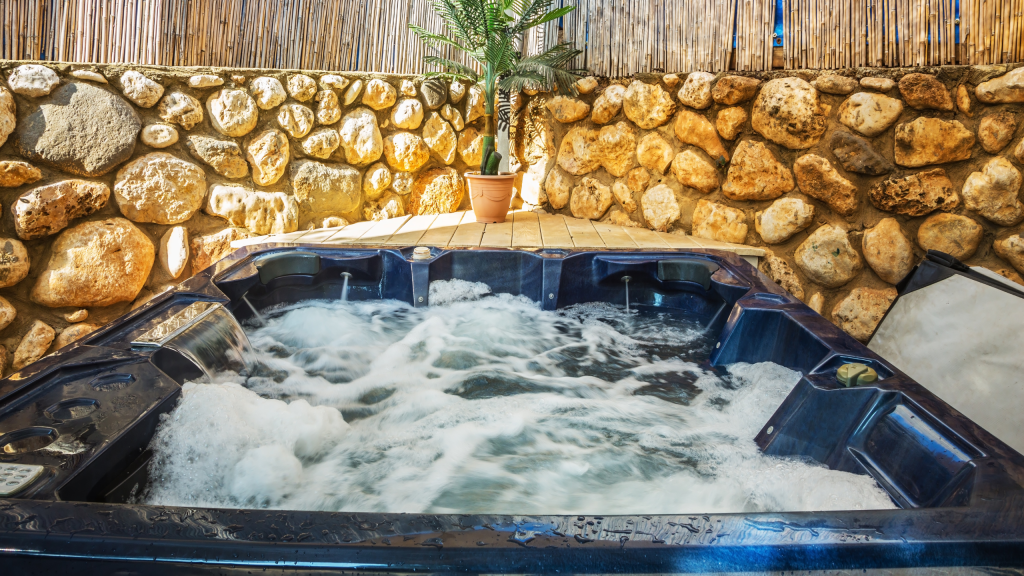Selecting the right bathtub for your home might feel overwhelming. Your bathtub adds to your bathroom’s look and plays a big role in your comfort. That’s why it’s important to learn about the different types of bathtubs. Each type has pros and cons, so understanding them helps you pick the one that best suits your needs and preferences.
In this article, we’ll explore the wide range of bathtubs and materials available on the market. We’ll take a detailed look at each type, discussing their unique characteristics, strengths, and potential drawbacks. Armed with this information, you can make a knowledgeable decision when choosing the perfect bathtub for your bathroom. Let’s dive in and find the ideal fit for your needs!
Visit https://www.haverford-bathtub-refinishing.com/ for more details.
Popular Bathtubs and Materials
Selecting the ideal bathtub is crucial for crafting your dream bathroom retreat. Whether you crave luxurious soaking or seek practical space-saving solutions, the world of bathtubs offers numerous options to cater to every desire and preference. In this comprehensive guide, we’ll embark on a journey to explore the wide range of bathtubs available on the market. By offering insights and clarity, we aim to empower you to confidently navigate the diverse options, ensuring that you find the perfect match for your sanctuary.
- Alcove Bathtubs:
For many people, alcove bathtubs are a popular option. Bathrooms valued for their space-saving design and ease of access. Fitting neatly against three walls, they’re perfect for smaller spaces or bathrooms with a standard layout. Made from acrylic, fiberglass, and enameled steel, alcove bathtubs offer versatility and affordability. However, they may not provide the same visual appeal as freestanding tubs and may require extra maintenance to prevent mold and mildew buildup in the alcove area.
- Freestanding Bathtubs:
Freestanding bathtubs symbolize elegance and refinement, often taking center stage in bathroom designs. These tubs come in various sizes and shapes and are available in a range of materials like acrylic, cast iron, and stone resin. They provide unmatched versatility and luxury, offering plenty of opportunities for customization and personalization. While they may require more floor space and come with a higher price tag than other options, their visual appeal and spa-like atmosphere make them popular among homeowners looking to create a luxurious sanctuary in their home.
- Corner Bathtubs:
Ideal for maximizing space in small bathrooms, corner bathtubs fit snugly into the corner of a room, utilizing otherwise unused space efficiently. They offer versatility in various shapes and configurations, from classic rectangular designs to contemporary triangular or oval tubs. Made from materials like acrylic and fiberglass, corner bathtubs provide a practical solution for homeowners looking to improve their bathroom layout without sacrificing style or comfort. However, their unique shape may limit bathing positions and accessibility for some users.
- Drop-In Bathtubs:
Drop-in bathtubs are installed seamlessly into a framed enclosure and embellished with a surrounding deck, creating a cohesive and refined look. These customizable tubs offer a wide range of design and material options, allowing homeowners to create a personalized bathing experience that suits their needs and preferences. Crafted from acrylic to cast iron materials, drop-in bathtubs effortlessly blend functionality with aesthetics,making them a well-liked option for anyone looking for a customized and harmonious bathroom design.
Understanding the different types of accessible bathtubs and their advantages and limitations enables you to choose the perfect one for your bathroom. Whether you prioritize space-saving functionality, luxurious aesthetics, or customizable design options, there’s a bathtub suited to your unique lifestyle and preferences. Therefore, take your time to explore the diverse choices and think about speaking with an expert to make sure you find the ideal bathtub to transform your bathroom into a serene and rejuvenating sanctuary.
Bathtub Materials: Pros and Cons
- Acrylic: Known for its affordability, lightweight construction, and availability in various shapes and sizes. However, acrylic tubs are susceptible to scratching and may not be as durable as other materials.
- Fiberglass: Cost-effective and easy to install, fiberglass tubs are lightweight and resistant to scratches. However, they may fade and are less sturdy than other materials.
- Cast Iron: Celebrated for their durability and excellent heat retention, cast iron tubs exude luxury and longevity. However, their weight requires additional assistance during installation.
- Stone Resin: Offering a premium option, stone resin tubs boast a natural, abundant appearance and superior heat retention. However, their weight and potentially higher cost should be taken into consideration.
Conclusion
When choosing a bathtub for your bathroom, it’s important to consider your budget, available space, and personal preferences. Each bathtub material has pros and cons, so carefully evaluate these aspects before deciding. Additionally, seeking help from a reliable contractor ensures proper installation, maximizing your bathtub’s durability and functionality. With the right bathtub choice, you can turn your bathroom into a peaceful and rejuvenating retreat.

